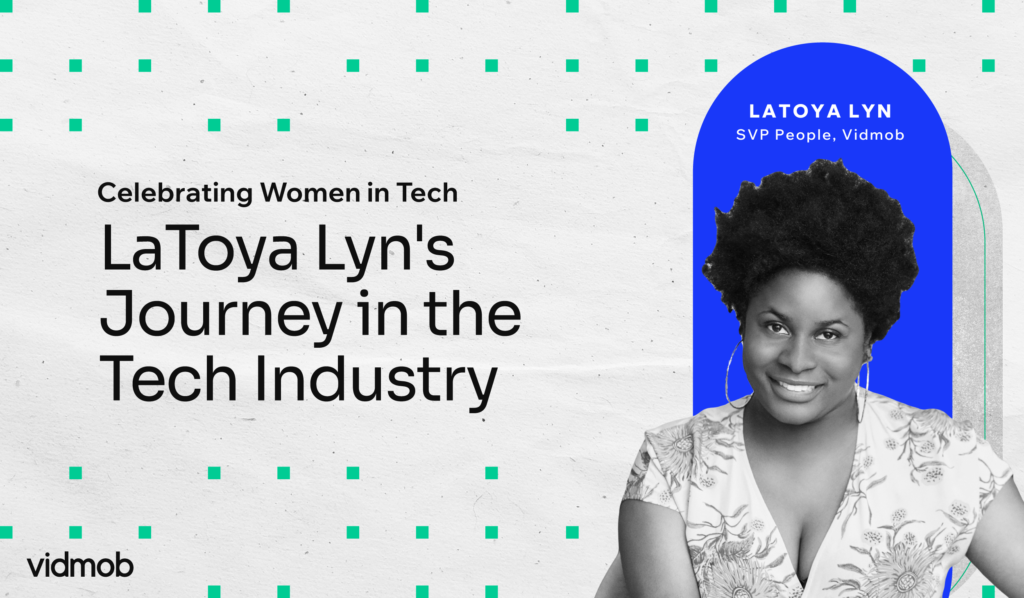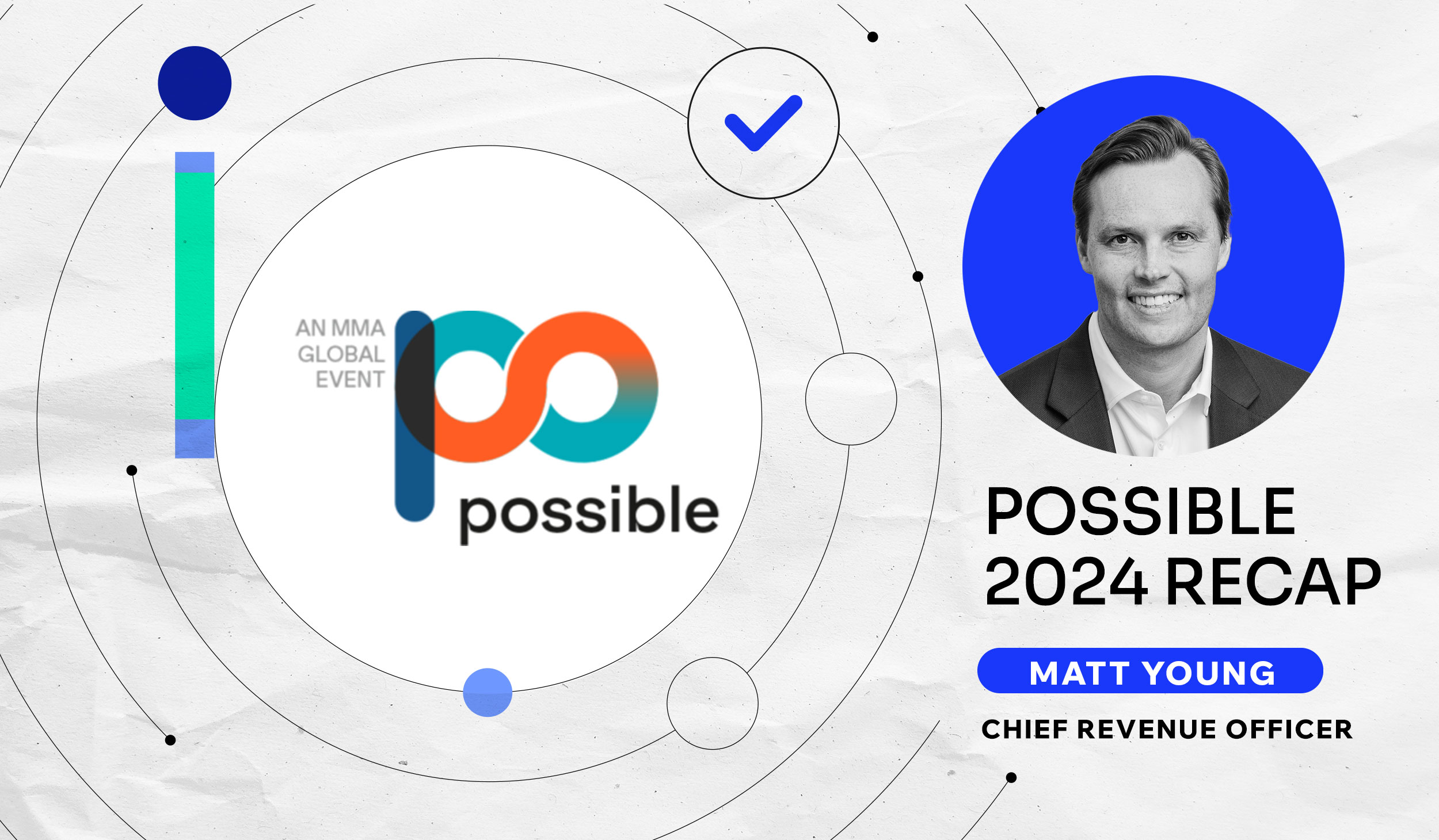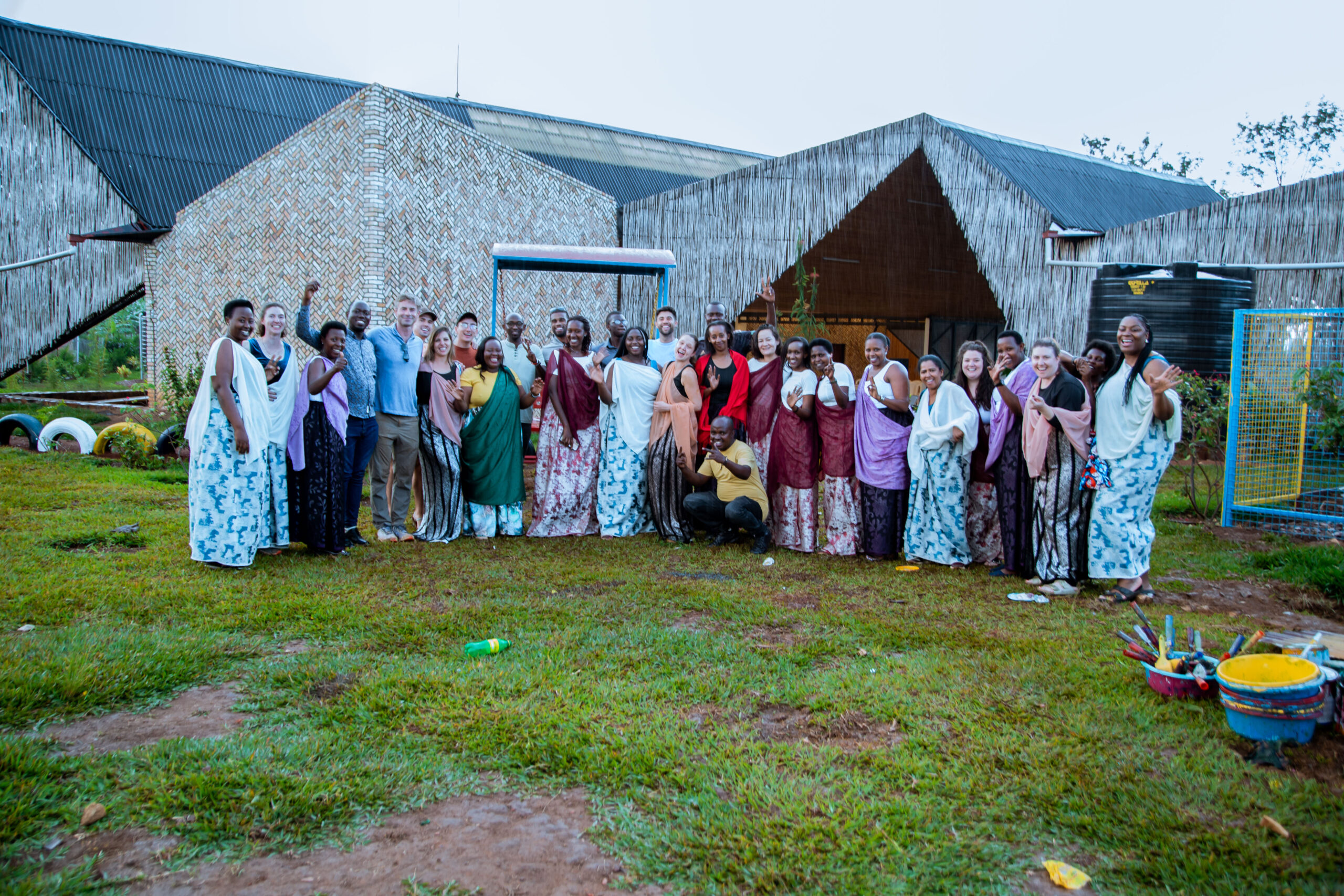Setting The VidMob Beauty Pod Up for Future Success

During the first two weeks of my internship, I went through numerous onboarding training sessions that prepared me for everything from running scripts to measure success of logo placements to writing tickets for when the platform does not function properly. Through my time spent onboarding, I realized that training new VidMob employees is a long process that takes a lot of time, energy, and resources. After the two weeks were up, I felt prepared to start work as a Strategic Client Management intern, just not one dedicated to VidMob’s beauty team.

The beauty pod, which formed to exclusively serve our portfolio of beauty clients, is constantly juggling many details about each dramatically different yet somewhat similar cosmetic brand. For example, the VidMob beauty team works with four different brands that all focus specifically on skincare but all of them have different approaches to skincare, with some focusing on building their brand based on natural ingredients while others focus on a clinical approach that involves dermatologists. These differences can also commonly be seen through how bold different cosmetic brands want to be with their coloring and packaging, which often translates to how the clients want to approach advertising. For this very reason, beauty pod training is both extremely complicated and informal since the process currently does not have any resources to accompany it. At the beginning of my internship, I was tasked with creating a culminating capstone project which incorporated what I had learned at VidMob, while also leaving behind a legacy. For my project, I worked closely with Sarah Baldwin, the Strategic Client Manager on the beauty pod, to develop a training guide to efficiently train new VidMob employees joining the beauty team.
The idea for this project stemmed from a conversation that I had with Sarah Baldwin. On our initial capstone project kickoff call, she phrased the lack of beauty team onboarding materials as problematic, especially considering the high-quality of work the team is committed to serving its clients. Dedicated to giving every client the best partnership experience possible, Sarah expressed her frustrations with the lack of a clear and concise collection of resources for the beauty team. Given the recent funding and growth, the beauty pod hopes to onboard new employees soon, but fears the time to ramp new team members because the onboarding process is very long and daunting. I saw an opportunity to create a streamlined onboarding process for the team, so I took it upon myself to do just that!
I started by compiling the resources I found necessary for this onboarding guide and settled on including the following information:
- Current members of the team
- A walkthrough of some commonly used beauty team resources
- Branding and VidMob background for each beauty brand, organized into templates
But there was one more crucial part of this onboarding manual I wanted to include.
Throughout my time at VidMob, I thoroughly enjoyed working with the Creative Studio, gathering insights for analyses. It was important to me to include these content creation data points into my capstone presentation as a way to provide quantitative insights that could be generalized for each brand. This will help create a foundational understanding of valuable creative insights specific to the vertical for new beauty team members. This wish manifested itself into the development of two insight categorization systems based on existing common categories in the beauty industry. Each categorization system was applied to 16 beauty brands that VidMob currently works with, based on their post engagement rates on Facebook and Instagram for the past year (May 2020 to May 2021).
The first categorization system was based on an existent system that is used commonly in the beauty industry to classify brands. This system divides cosmetic brands into four divisions that encompass a specific vision of beauty for their respective markets. The four divisions include professional products, consumer products, luxury, and the active cosmetic division. I used these established subsections to split VidMob’s beauty partners and gathered insights about the six buckets of ad elements for each division – human presence, coloring, duration, format, branding prominence, and branding timing. The following are some of the most interesting insights that I gathered:
- Consumer product assets performed at a 17% lift for assets that are 9:16 while professional products with this same format perform significantly below the average
- Shorter (less than 6s) luxury product assets tended to perform the best for their category while the sweet spot for active product assets was 7-15s
- Introduction of branding via more subtle ways such as on packaging performed at a 21% lift for luxury products while professional product assets did better with more obvious branding via separate text
- For luxury, active and professional product assets, human presence significantly increased post engagement rate performance. For cosmetic product assets, a focus on product rather than human presence resulted in a 48% lift
The results demonstrated how significantly different insights can be based on these four divisions and why creating this categorization system will be useful for first glance recommendations.
Although this categorization system was very informative for beauty brands specifically, I included another categorization system that grouped insights based on functionality. For this system, I operationalized functional vs. purely cosmetic products in a way that defines functional products as those necessary to ensure a comfortable standard of living. Functional products, within my definition, include hair dye, anti-aging skin care, sun care, and other products that consumers find absolutely essential. I defined the purely cosmetic category as products that are useful but not essential to everyday function and comfortability, such as lipstick and blush. The following are some of the most interesting insights that I gathered from this categorization system:
- Functional product assets that have a brightly colored background performed significantly below average while purely consumer products performed very well with brightly colored backgrounds.
- Assets that introduced branding with a prominent text logo performed better for functional product assets while branding via packaging was the preferred method for purely cosmetic assets.
- Assets formatted as 1:1 performed at a 18% lift for functional product assets while severely underperforming for purely cosmetic products.
- Both functional and purely cosmetic product assets performed significantly better with full body human presence rather than just showing features such as hands or lips.
While custom insights for each brand and product will always be the most valuable to a client, aggregate historical insights, such as the examples above, offer a foundational understanding of industry best practices. This knowledge will arm new team members with an initial point of view on how we predict different brands and assets may perform.
This capstone project was the perfect way to end my time at VidMob and I am glad that I get to pass along a sustainable project that will aid the beauty team for years to come. Through this project, I was able to further develop my skills in data analysis, data visualization, data organization, and Microsoft PowerPoint, while also learning how to effectively communicate with different people on the VidMob staff. At VidMob, we like to say that we’re evolving creativity for the better. I feel as if this project, using the VidMob platform along with my fellow employees to craft a creative and relevant resource for a process so common as onboarding, is doing just that. I’m so happy that the result is something useful that I can give back to the beauty pod, a team that has welcomed me so kindly and taught me so much during my time at VidMob.





